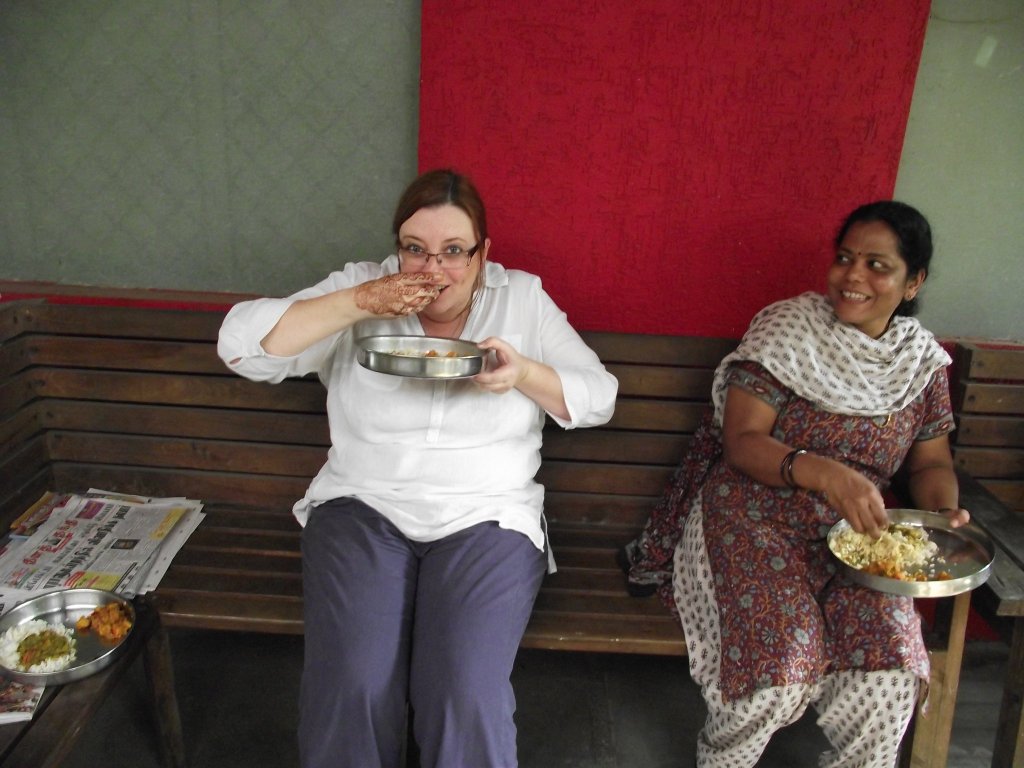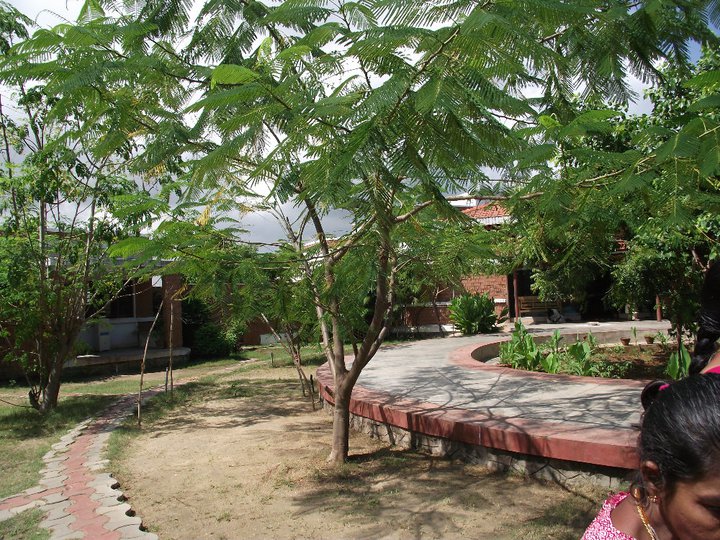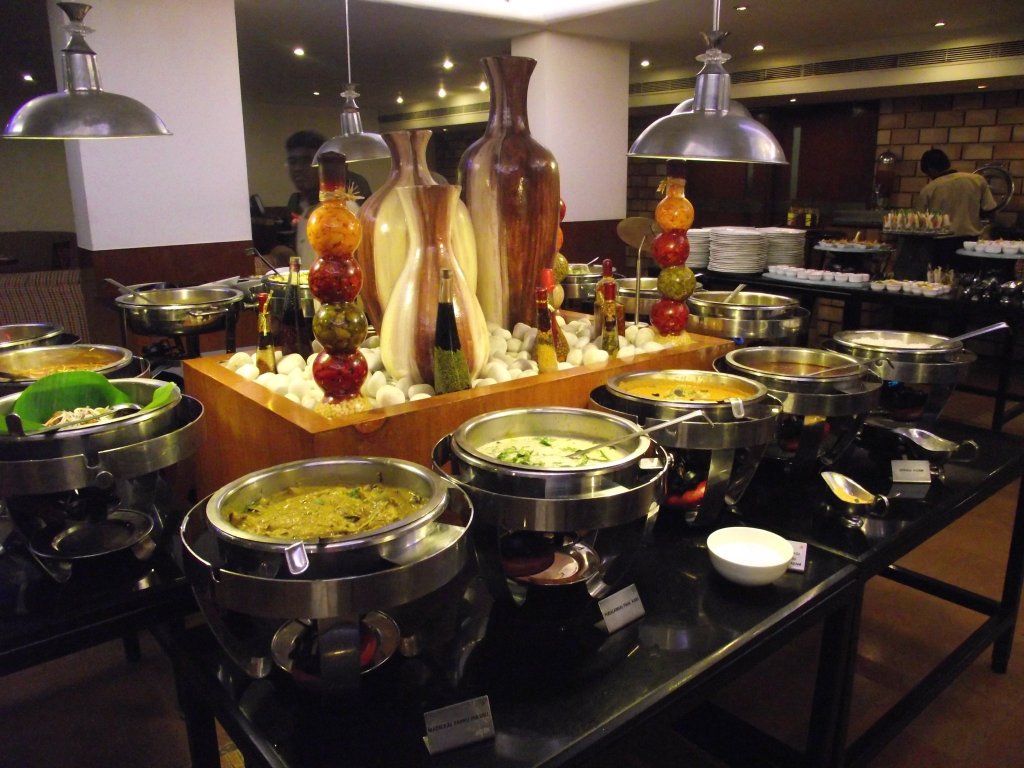Background info
In India, most of the funding for mental health is used for institutional care that focuses on addressing solely biological vulnerabilities rather than social stressors (e.g. poverty, employment status, abuse, homelessness)
The Banyan aims to address both the biological and social factors that contribute to the emergence of mental illness through their treatment and prevention programmes. They offer comprehensive mental health services in a range of institutional and community settings for people with mental health issues living in homelessness and poverty, working in the states of Tamil Nadu, Kerala and Maharashtra. Their focus is on transformative social justice. They work to ensure that people with mental health conditions living in homelessness make journeys back to families and communities of choice, re-enter work, reclaim social relationships and pursue lives of their choosing.
The Assignment
I had been working in the Marketing and Communications team for a large, global insurance company in the UK. One of the many accounts I looked after from an internal communications perspective was the charity arm of the company. Every year, the company sent individuals on work assignments to help with personal development. Only a few of these assignments were available and I’d wanted to go on one for a few years, when I saw ‘The Banyan’ assignment in Chennai, India. The Banyan had grown from just a handful of staff three years earlier, to now over 100 members of staff. The CEO needed to find a way to communicate with all staff members at all levels, who spoke 16 different Hindu and Tamil languages. He needed a sound communications strategy in place and tools to help the newly appointed communications team to deal with internal and external communications. The new team also needed help and training in communication vehicles and what best suited their needs. So, with a little trepidation, I applied, not thinking for one minute that I would be selected and approved…but amazingly, I was granted the assignment and so started one of the best adventures of my life.
The journey
In November 2010, I set off with terrified anticipation on a journey to Chennai in Southern India. Right from the start, I was completely out of my comfort zone, which was very hard for me – at work, I gave the image of a very self-confident person, methodical and very well organised. In my home life, I always did everything the safe way, rarely did anything on my own and always asked for someone’s opinion before I made any decisions. Although I had flown several times on holiday with my family, I had never flown long-haul and had only flown a couple of times alone for work.
And so, I found myself with work visa, passport, tickets, traveller’s cheques, huge suitcase and hand luggage in departures at London’s Heathrow airport. It was easy to navigate my way to the departure gate and within no time, I was on board a huge plane. As I hate flying, I was shaking as the plane began to move, and soon we were speeding down the runway. With tears streaming down my face, holding so tight to my Dad’s St Christopher, the big bird took off smoothly and we were off. It was a bit bumpy as it was a cold, grey, overcast day and pouring with rain, but we were soon up above the clouds and I had an 11 hour flight to look forward to. It was a pretty uneventful flight and I enjoyed every minute of it.
My first taste of India
The arrivals in India was total chaos, nothing like a UK airport. Absolutely crowded with people, which sent my claustrophobic brain into overdrive. But I managed to work my way through to the exit. It was the middle of the night and I don’t know what I expected when I got outside, but it certainly wasn’t a total bombardment of my senses. As I left the building, the noise level rose, people shouting to their arriving relatives and very loud music playing from musicians all around. There was a ‘pathway’ from the airport to the car park, which was barricaded off, with people leaning over shouting and waving. I walked down the centre, not really knowing what to do next…after my ears being bombarded, now it was the turn of my eyes – people in brightly coloured clothes, various animals wandering about, including a couple of cows; I could smell the most delicious aroma of the various stalls cooking Indian food to sell – the smell of the spices was so strong, that I could actually taste it!
The taxi journey to the hotel was uneventful and I arrived at 4.30am. It was a lovely hotel, and my room was huge with air con (thank goodness) and an en-suite…not quite the same as an English hotel’s en-suite, but there was a loo, a sink, and a shower of sorts, which involved a tap, a long piece of hose and a bucket!
My first day
When I woke up, it was time to go and get some traveller’s cheques cashed, as I was only allowed to bring the equivalent of £20 into the country in cash. On leaving the hotel, I was met by a wall of humid heat. It was monsoon season, but the temperature never dipped below 35 degrees day and night. I felt like I was a damp mess before I even found my first tuk-tuk driver. He took me to the big shopping centre, Spencer’s Plaza, where I could cash my traveller’s cheques and get something to eat…which was surprisingly easy to achieve. I got to know my tuk-tuk driver, and I asked him to be my driver for the next month, arranging for him to pick me up and take me to work every morning and to collect me from work and deliver me back every night.
The Banyan
I met the CEO of The Banyan in the afternoon of the first day and started work the following day. The Banyan is a charity that takes homeless women with mental health problems off the streets and gives them a home and rehabilitation to get them back into society…eventually. It can take months or even years to achieve this and the need is great – see more on their website.
I also met the Communications Team I would be working with and training…three lovely people, who became good friends to me during my time there, one of whom I still keep in contact with.
During the first few days, I carried out a fact finding mission. I spoke to most of the staff in the office to find out how they currently received information from the CEO and important information about the charity they worked for. Most of it was word of mouth, and Chinese whispers featured heavily in what they understood. They all had computers in the office to do their work, several of the workers were, like me, on assignments from other countries. There was a very basic form of intranet, but little used as only the people in the main office had access to it when I was there.
I also visited the other two locations, which were both a car journey away. One was only an hour or so by car. It was a huge building set over four floors and each floor housed differing stages of where the women were with the state of their mental health…and it varied greatly.
The ground floor housed the offices of the workers who ran the home, there was a large kitchen…huge in fact, where women who were well on their way to recovery, had a ‘job’ in that they cooked meals for all the residents and also for the staff at the office where I worked in Chennai – a van arrived every day to ferry lunch to us workers in Chennai. There was also a living room on this floor.
The next floor up housed a mini gym and various rooms for treatment and therapies, exercise classes and various classes, such as basket making. There were also rooms where group sessions took place with patients and staff. This was quite a calm floor and there were also some bedrooms on this floor too. The other two floors were mainly bedrooms. The aim was to get the women from the top floor, treated and on medication, so that they slowly came back to being themselves, then moved down a floor, until eventually they would work in the kitchen or have some kind of work, such as basket weaving.
The charity had a very high success rate at helping these women integrate back into society, giving them the time, treatment and medication they needed.
The third location I visited was quite a long way away from the four storey building, but it was where the women went, when they left that establishment to be rehabilitated. The third location was wonderful. It was in a rural area, where the buildings were set in a square around a central courtyard. The courtyard had a vegetable garden that the women could tend and beautiful flowers and trees. Here, the women lived in houses or chalets, between 4-6 people to a house. They cooked and cleaned for themselves, went to ‘work’ every day, either sewing, making baskets, cooking, cleaning, and doing the garden etc. This place got them ready to go back into society. They gathered in a big hall regularly to just meet up, chat, drink tea and do some kind of activity. We joined in with a dancing activity, which was lovely and the women were all very calm and happy.
Helping the charity
Back at the office, I realised that the task I had to undertake in just over 4 weeks was huge. Whilst at the other locations, I had asked the staff how they received communications from their Head Office, so I knew that this was not going to be easy.
The first task was to pull together a list of what communication vehicles were currently in place and then work out how best to communicate with all employees, bearing in mind there were over 16 languages in everyday use.
Luckily, one of the members of the communication team and another member of staff could speak all the languages between them, so that was a huge plus.
To cut a long story short, we put several processes in place, one of which was a newsletter, which could be sent online to those who had computers and printed as a hard copy and put on the notice boards in all the locations. There would be translations available for those who wanted it and they could have a hard copy. Notice boards were still the best way to communicate with so many people and so many different languages, especially with many not online.
I’m sure that by now, some 11 years later, things have changed greatly from when I was there and obviously technology has moved on greatly since then too. The charity has grown and its work is second to none and I am very proud to be able to say that I worked there for a short time and was able to help in a very small way.
Lesson learned from being in India
As well as training the staff on how to get information for their newsletter, how best to write it and how to implement various other forms of communication, I learnt a lot from them. I learned about their culture, found a love of proper Southern Indian food and to respect their customs and way of life.
In the hotel, every evening I sat in the area where there were computers with free internet, so I could speak to my friends and family back in the UK. I had the most wonderful conversations with several of the staff on the front desk. As I’m not an early to bed person, I was often sitting there well into the late evening. They told me about their families, and although I already knew before I went to India, I was surprised by how many families lived with not just their wives and children, but also their parents and sometimes their grandparents too. The extended family is very important, and I was struck by the respect they obviously showed their elders, and by the obvious affection they had for their extended families.
As time went on and I spent more time with the staff, and talked to my tuk-tuk driver, I realised just how much we in the UK took for granted. But the thing that struck me the most about the Indian people, was that they were all incredibly happy. They loved their families, and that love shone through everything. Whether they were wealthy, normal office workers, graduates, hotel staff or tuk-tuk drivers, they made me feel so welcome and were just so kind and friendly. My tuk-tuk driver was lovely and spent weekends ferrying me around to various places of interest, so I could find out more about the culture.
One weekend at the hotel, there was a wedding. I was in the computer area and was looking at some photos from home that I’d taken the winter before I came to India. Some of the children at the wedding were fascinated by my photos of snow – they’d never seen it. And one of them pointed to the photo of my detached double garage at my home and said what a lovely big house I had. I felt ashamed and couldn’t bring myself to say that what they were seeing was actually the house for my car!
The impact that my trip had on me was to make me feel very ashamed and cross with myself, that I had become such a material person.
I also realised that happiness and contentment with life was something that I was sadly lacking. I had all the material things – a nice, big house with all mod cons, a nice car, fantastic job etc. etc. But what was more important was happiness.
Three weeks before I went on my assignment to Chennai, my Dad had died. I had spent two weeks sitting with him in hospital watching him slowly fade away. The first week, we had several long chats about life. The one thing that resonated with me when I was in India, was something he had said to me, “Be happy, my sweet. Grab every chance you get to be happy.” These weren’t his exact words, but that’s the gist of it. He didn’t know that I was going to India, as I knew he would be worried about that. But when I was there, I visited several religious places and, at St Thomas’ Basilica, I found a kind of peace that I hadn’t felt for years. The religious leader there sat with me and prayed with me, even though I’m not really religious, but it just felt right, and I told him that my Dad had just died. He was such a kind person, and I spent a good half an hour, just sitting there quietly.
Back home
On the plane, on the way home, I had 11 hours to reflect on my visit and to make a few decisions about the life I had in the UK.
And 11 years later, my life is very different. I’m very happy living with my partner in rural SW France. My children are all grown up and have their own families, good jobs, and nice homes. I love visiting them all and it was relatively easy to pop over and see them 3-4 times a year, before Covid struck…but I’m sure that those times will come back soon and then things will be back to some kind of normal.
My partner and I have a small cottage, with a lot of land and outbuildings, most of which are derelict. We’re both self-employed and I work from home online. We don’t have lots of money, we don’t have lots of material things…and we don’t need them. What I learned from being in India was that there are more important things in life than material things – what we have is real love and true happiness. We have fantastic children and grandchildren, who we love with all our hearts. We have a roof over our heads and food to eat. Sometimes we struggle, but we always have each other, and can depend on each other – and money can’t buy that.
My experiences in India taught me a lot about life, opened my eyes about so many things, and taught me so much about myself in that one short month. I’d absolutely love to go back one day.
If you’d like to find out more about The Banyan, and their continuing amazing work, click here.










A passage to India is revisited. Thank you 😊
Thank you, I’m glad you have enjoyed the post.
Pingback: 5 reasons why it’s important to share your story | The Write Way